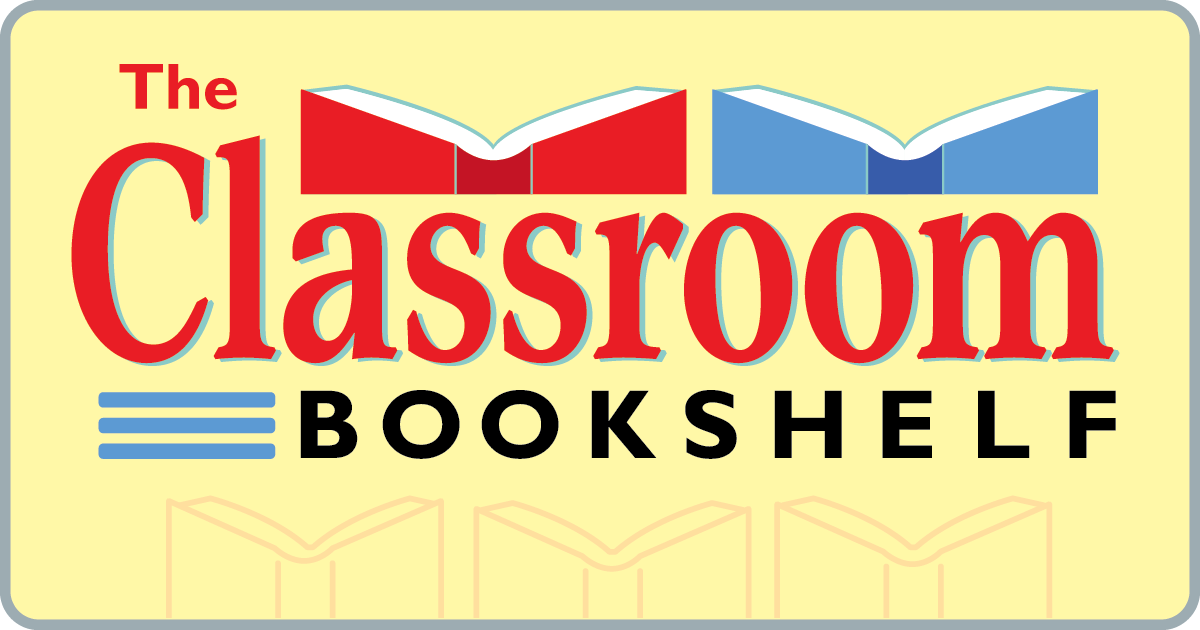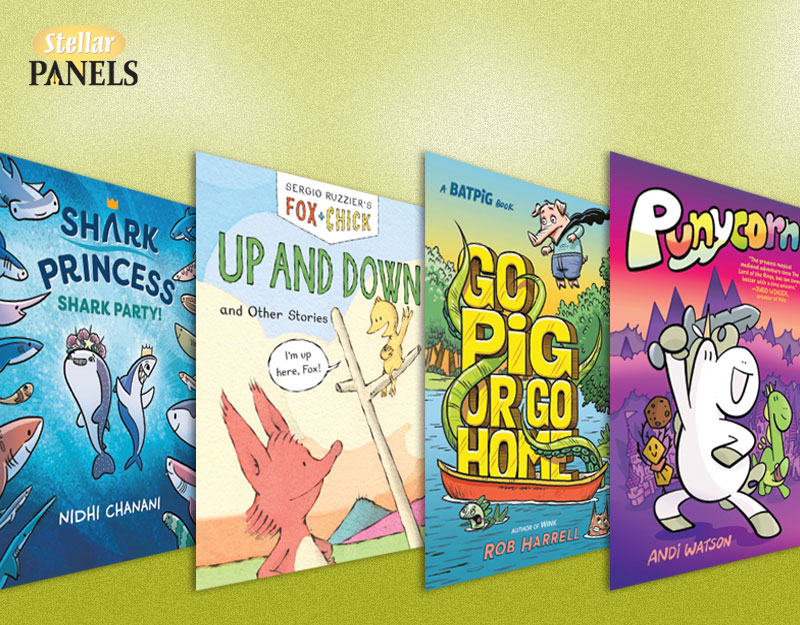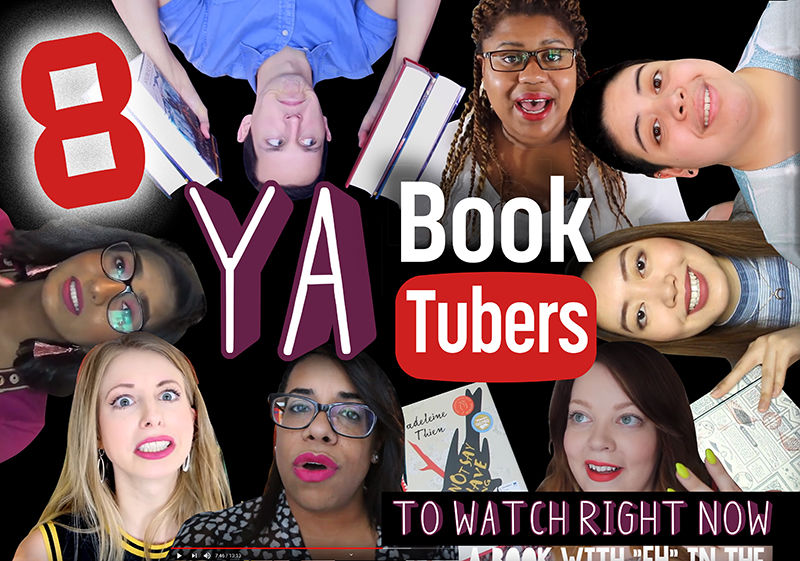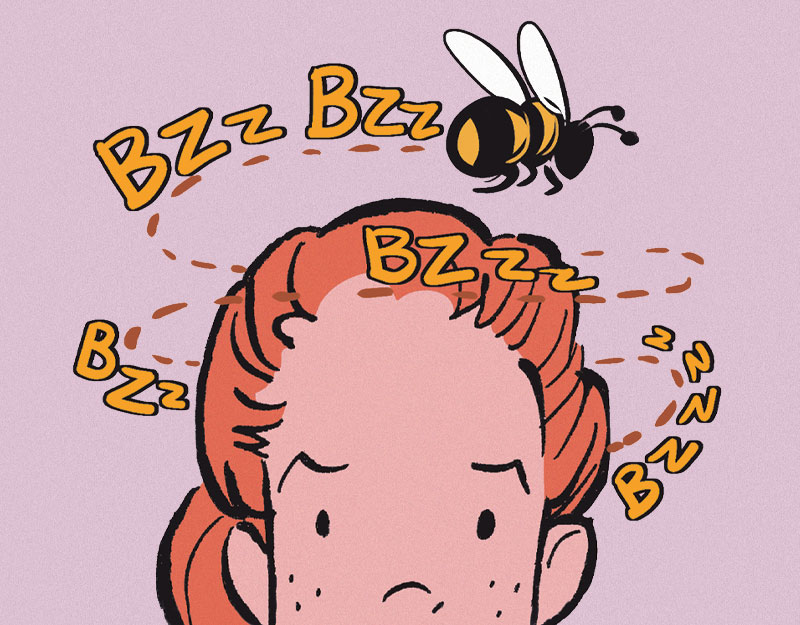Words that Resonate and the Power of Speech: Strong Voices

Strong Voices: Fifteen American Speeches Worth Knowing
Introductions by Tonya Bolden; illustrated by Eric Velasquez; foreword by Cokie Roberts
Published by HarperCollins, 2020
ISBN # 978-0-06-257204-2
Grades 3 and up
Book Review
What does America stand for? In Strong Voices: Fifteen American Speeches Worth Knowing, award-winning author Tonya Bolden researched and curated the words from distinguished addresses across America’s history to provide an answer. What Bolden offers are the well known speeches of women and men, political leaders and ordinary citizens, those who held power and those who were simply asserting their rights as human beings, sometimes in full, sometimes abridged, but always maintaining the speaker’s original words. Bolden contextualizes each speech with a compelling two-page introduction, providing the historical, social, cultural, and political background that gave rise to the some of the phrases that still resonate today, including “The only thing we have to fear is fear itself,” “Women’s rights are human rights,” and “I have a dream.” Pura Belpre medal winning illustrator Eric Velasquez, realizing he faced “the task of illustrating the voices of my country,” used oil on watercolor paper to create bold illustrations “of what America could ultimately become” (p. 121). Back matter includes notes from Bolden and Velasquez, as well as a timeline of the speeches and reference sources. Reminding us that whether written or spoken, words have the power to change the world, Strong Voices deserves a valued place in ELA and social studies classrooms.
Teaching Ideas and Invitations
Strengthening Literacy Skills: Listening to Speeches. Many state curriculum English language arts and literacy standards, as well as the Common Core State Standards, include standards about speaking and listening. While it is moving to read the speeches in this collection, both reading and listening to them provides a powerful experience since they were originally meant to be listened to rather than read. Use the online resources listed below in Further Explorations, as well as other audio or video resources you and your school/local librarian may find, to provide students with the opportunity to hear the voices, tone, volume, and expression of the speakers. Teach students about words often associated with speaking: eloquent, articulate, conversational, emphatic, rambling, euphemistic, lyrical, ornate, pithy, verbose, etc. Have them compare and contrast the written version with the audio version of the speech. What do they notice? What surprised them? Which speeches do your students find to be the most effective, convincing, moving, or inspiring? What do those speeches have in common? Based on their findings, identify the qualities that create a good speech.
ADVERTISEMENT
ADVERTISEMENT
Strengthening Literacy Skills: Practicing Speeches. Similar to the teaching invitation above, or perhaps as an extension, use Strong Voices as an introduction to the power of speaking skills. Have students study a variety of speeches in addition to the ones featured in Strong Voices. Share some of your favorite TED Talks, inaugural addresses, or commencement addresses, and provide the transcripts of them (many are available online with a simple keyword search). Share a wide variety of speeches that people give for different everyday occasions: sermons, acceptance speeches, wedding speeches, eulogies, and motivational and inspirational speeches. One of our favorite commencement addresses is by National Ambassador for Young People’s Literature and Lesley University colleague, Jason Reynolds. Have students practice giving a speech to develop their fluency and prosody skills. Once they feel comfortable enough, invite family and community members to an oration event where they listen to a variety of speeches spoken by your students.
Contextualizing Speech. For each speech, Tonya Bolden provides introductory text about the context of the speech: what was happening in the world, who the speaker was/is, what specific events gave rise to the speech, and why the speech had such memorable impact that it continues to be read and heard today. Have students read the introductions, noting any similarities about the historical, social, cultural, or political context surrounding the speech. Based on their answers, help them research other famous speeches that may have been given during similar contexts. For example, Dr. Martin Luther King, Jr. was not the only person to give a rousing speech during the Civil Rights Movement; nor were Sojourner Truth and Hillary Rodham Clinton the only women to speak impactfully about women’s rights. Enlist the help of your school/local librarian, and use some of the books and websites listed below in Further Explorations to find other speeches for students to read, listen to, and study.
Speaking about America. In the book’s foreword, award-winning journalist Cokie Roberts wrote that Patrick Henry’s speech still resonates “because it helped define who we are as Americans” (p. 10). Author Tonya Bolden collated these speeches to spotlight the beliefs, values, and goals that America aims to uphold. Guide students to closely read the speeches in this book, perhaps assigning several to different small groups. Have them identify words and phrases in the speeches that indicate what those beliefs, values, and goals are. Create a word cloud or graffiti wall with these words and phrases for all to see. As an extension, have students create a found speech about America and the hopes they have for it, using as many of the words and phrases from the word cloud/graffiti wall as they can.
Speechwriting, Oration, and Rhetoric. Once students are knowledgeable about the qualities of a good speech, have them try their hand at speechwriting, using some of the tips and guidelines listed below in Further Explorations. Teach them the characteristics of oration and rhetoric, and encourage them to think about how those characteristics must be incorporated into speechwriting in order to be effective. For example, teach them the three different kinds of rhetoric–deliberative, judicial, and epideictic–so they can focus on the audience and purpose while they write and rehearse their speeches. Locate videos of famous speeches, and share them with students so they can both hear and see the qualities needed for being an effective orator and rhetorician. You may want to divide students into small groups or teams, and then have them deliver their final speeches before classmates, families, and community members.
Visualizing a Speech. Several famous speeches have been turned into picturebooks, with the illustrations emphasizing the parts of the speech the illustrator believed were most important. Have your students create a picture book version of what they believe is the most critical part of the speech, as Kadir Nelson did in I Have a Dream. If time does not permit, have your students take a photograph or create a single image that captures their sense of what is most important. Make sure they write an illustrator’s note to ensure that they are explaining their choices. You can model the note on Eric Velasquez’s note at the end of Strong Voices. (A version of this teaching invitation originally appeared in our entry, “The Spoken Word in Picture Books.”)
Eric Velasquez Illustrator Study. Award-winning illustrator Eric Velasquez brings additional layers of depth to the speeches through his oil and watercolor full-page and spot illustrations. Collaborate with your school or local librarian to gather a collection of books illustrated by Eric Velasquez. Survey his illustrations, and identify his artistic style, artistic idiosyncrasies, and favorite artistic media to use. Gather information about him from her websites listed below, your local librarian, the Internet, and as other biographical sources. Encourage your students to try imitating Velasquez’s style to illustrate some of their own writing.
Further Explorations
Online resources
Tonya Bolden’s website
https://www.tonyaboldenbooks.com/
Eric Velasquez
@ericvelasquezny
Famous speeches:
American Rhetoric Top 100 – https://www.americanrhetoric.com/newtop100speeches.htm
History.com – https://www.history.com/speeches
National Constitution Center – https://constitutioncenter.org/blog/looking-at-10-great-speeches-in-american-history
The Guardian – https://www.theguardian.com/theguardian/series/greatspeeches
All That is Interesting – https://allthatsinteresting.com/greatest-modern-history-speeches
Speechwriting tips and guidelines:
Scholastic – http://teacher.scholastic.com/writewit/speech/tips.htm
Grammarly – https://www.grammarly.com/blog/how-to-write-a-speech/
Forbes Magazine – https://www.forbes.com/sites/jeffschmitt/2013/07/16/10-keys-to-writing-a-speech/#69e7c0894fb7
Jason Reynolds’ Commencement Address at Lesley University
https://www.youtube.com/watch?v=m3o7RJ5q0JU
Books
Barton, C. (2018). What do you do with a voice like that?: The story of extraordinary Congresswoman Barbara Jordan. Ill. by E. Holmes. Neal Porter Books.
King, M. L. (2012). I have a dream. Ill. by K. Nelson. Schwartz & Wade.
Olson, K. M. (2017). The Gettysburg Address in translation: What it really means (Kids’ translations). Capstone.
Rappaport, D. (2007). Martin’s big words. Ill. by B. Collier. Hyperion.
Weatherford, C. B. (2018). Voice of freedom: Fannie Lou Hamer: The spirit of the Civil Rights Movement. Ill. by E. Holmes. Candlewick Press.
Wittenstein, B. (2019). A place to land: Martin Luther King Jr. and the speech that inspired a nation. Ill. by J. Pinkney. Neal Porter Books.
Filed under: Nonfiction
About Grace Enriquez
Grace is an associate professor of language and literacy at Lesley University. A former English Language Arts teacher, reading specialist, and literacy consultant, she teaches and writes about children’s literature, critical literacies, and literacies and embodiment. Grace is co-author of The Reading Turn-Around and co-editor of Literacies, Learning, and the Body.
ADVERTISEMENT
ADVERTISEMENT
SLJ Blog Network
Name That LEGO Book Cover! (#53)
Cover Reveal and Q&A: The One and Only Googoosh with Azadeh Westergaard
Exclusive: Vol. 2 of The Weirn Books Is Coming in October | News
Fighting Public School Book Bans with the Civil Rights Act
Take Five: Middle Grade Anthologies and Short Story Collections
ADVERTISEMENT







